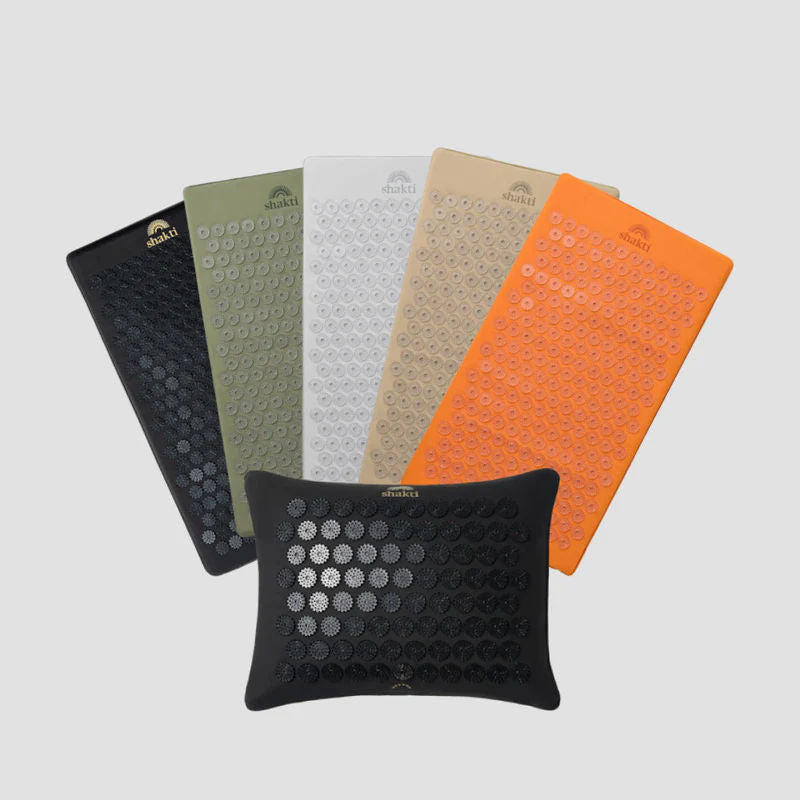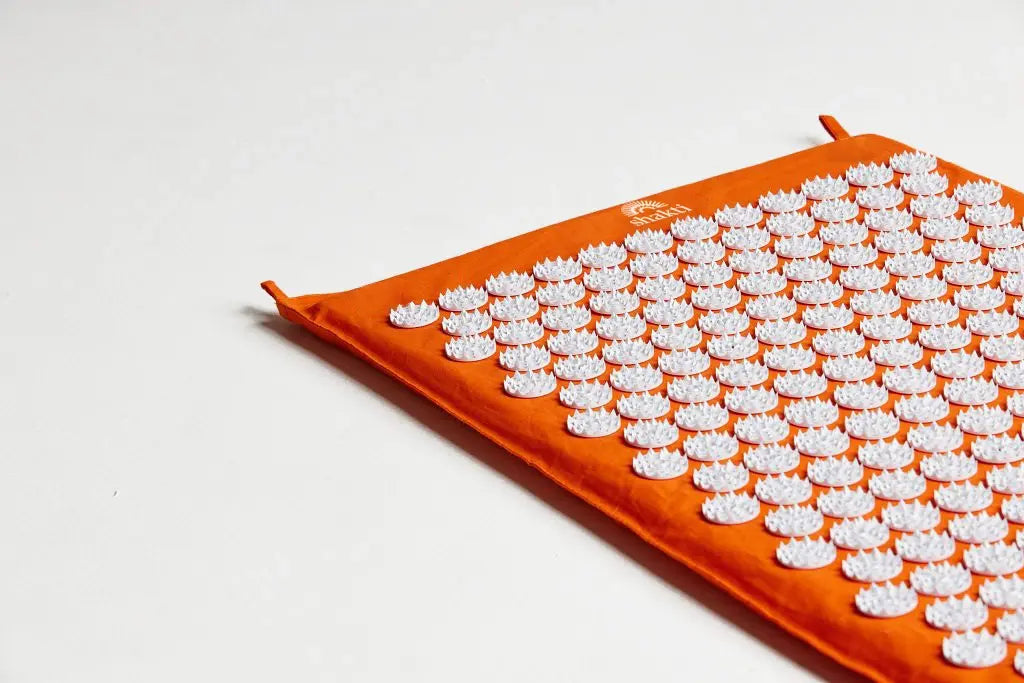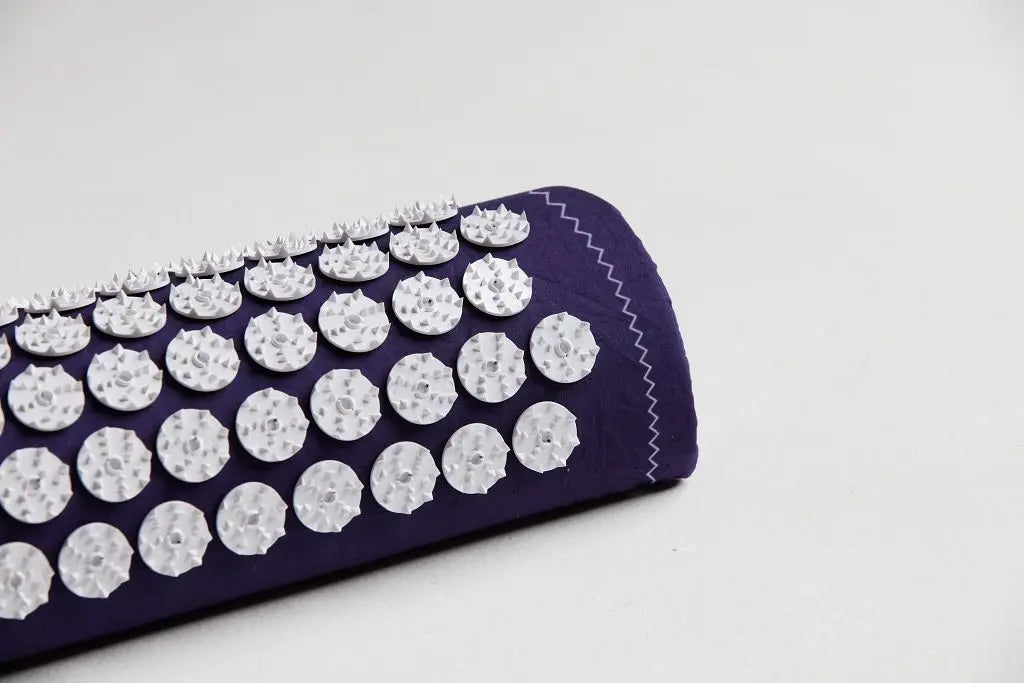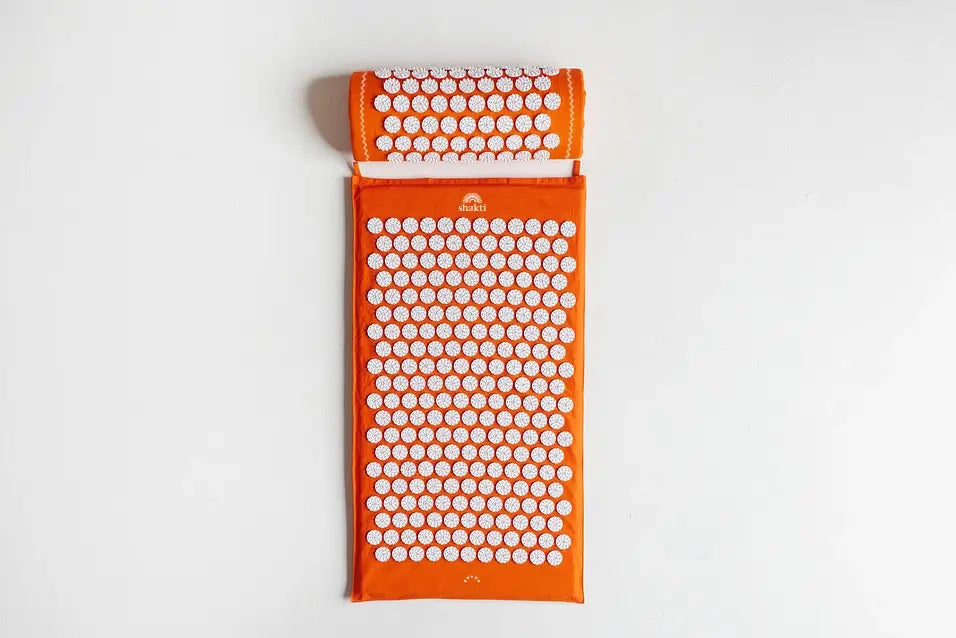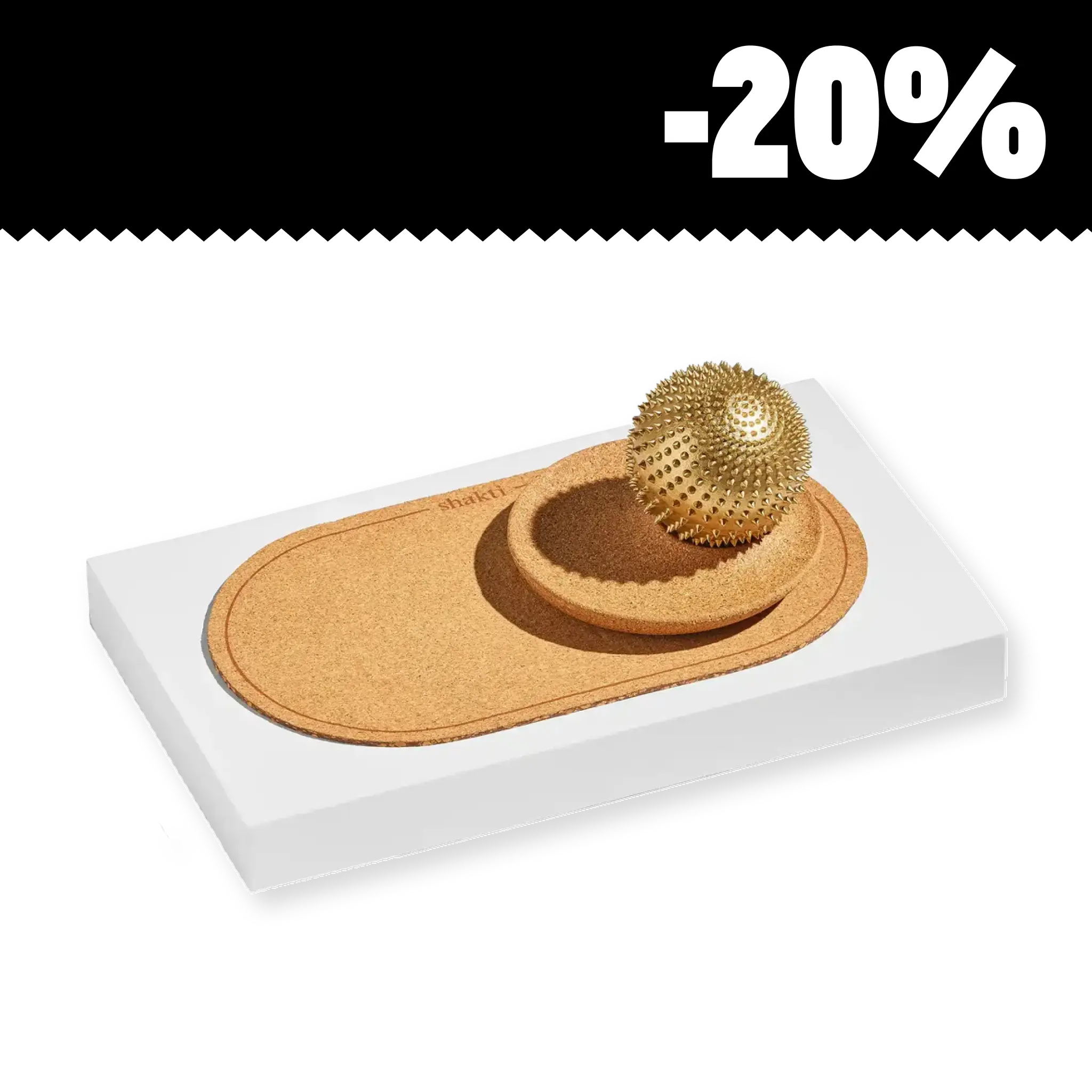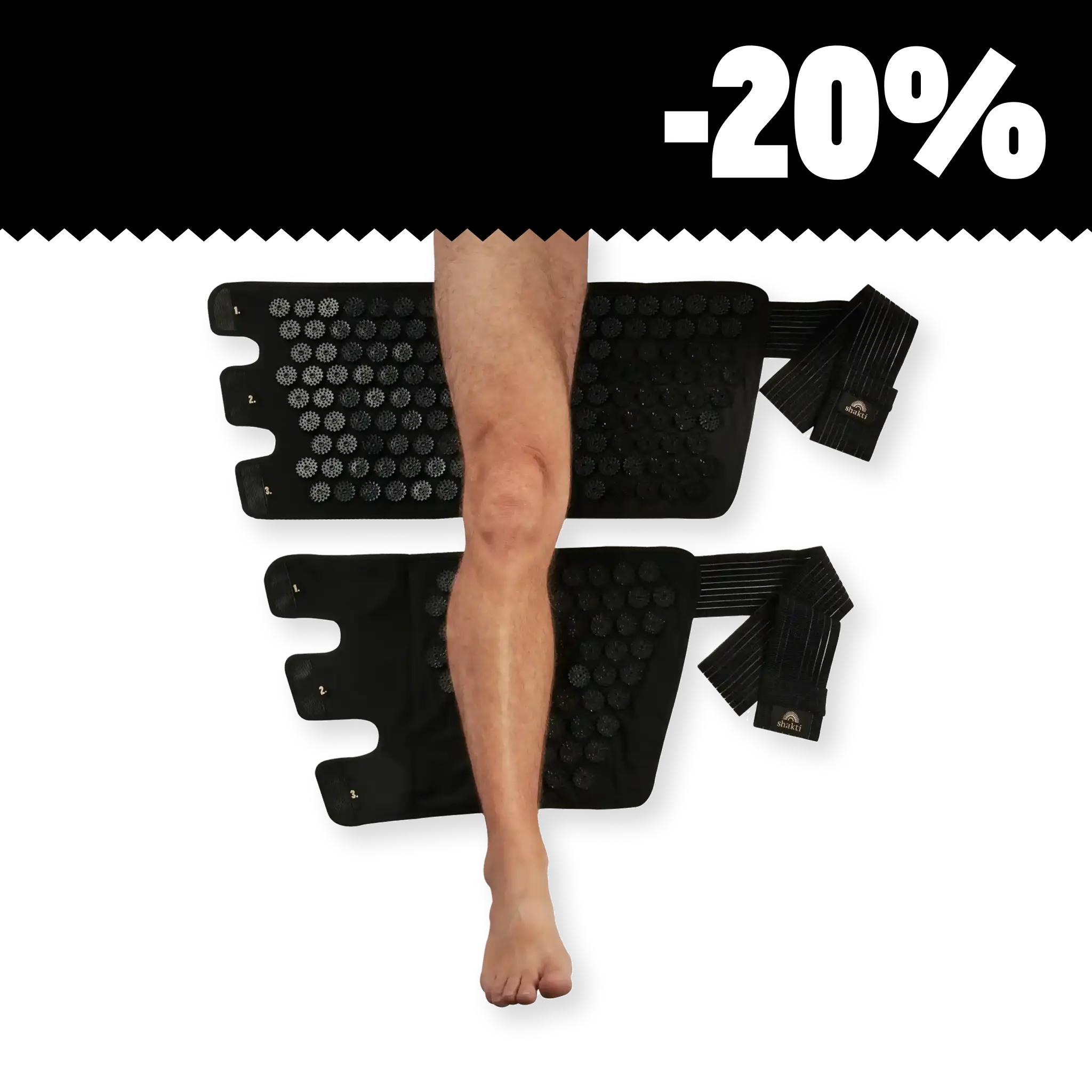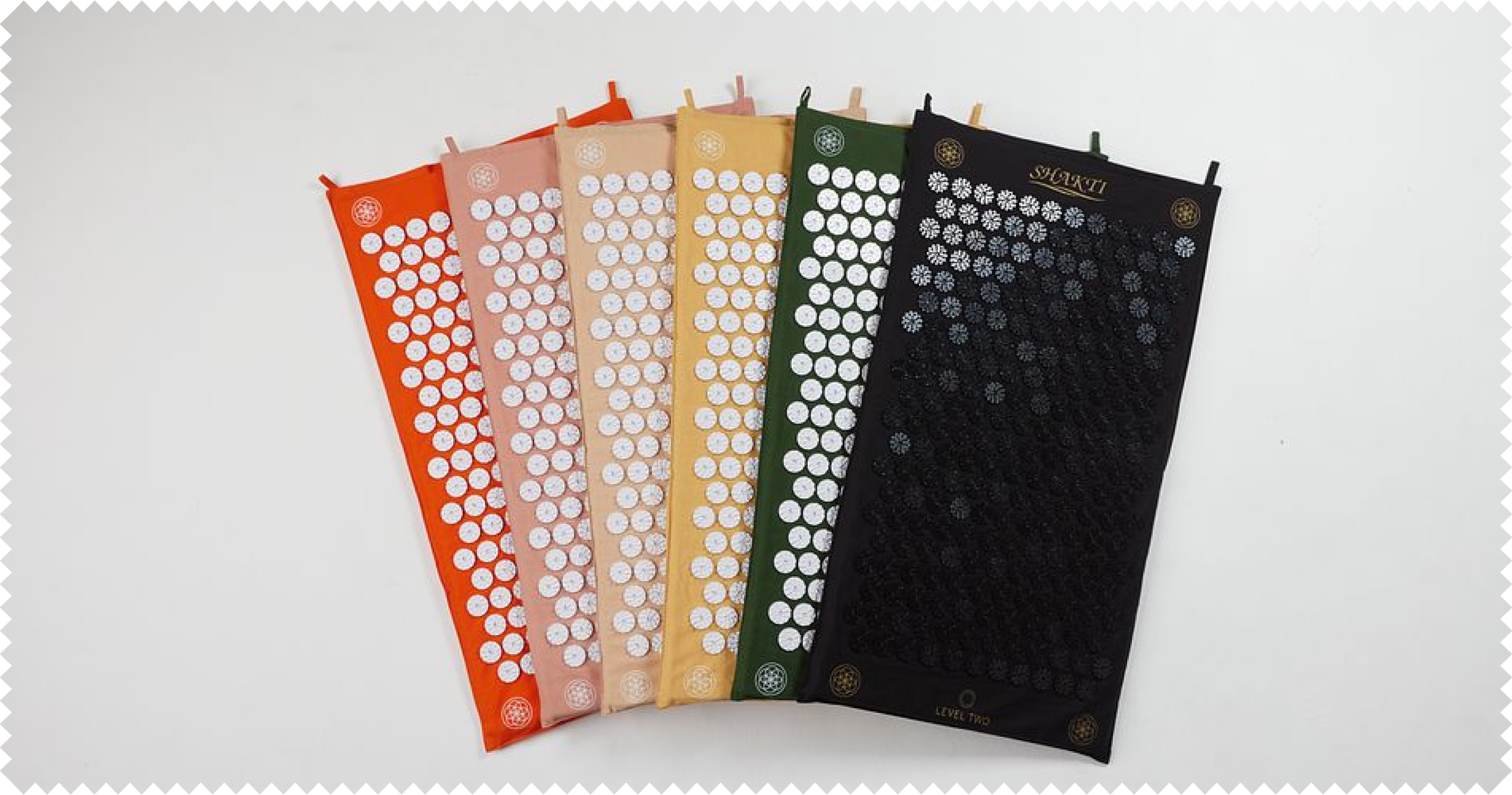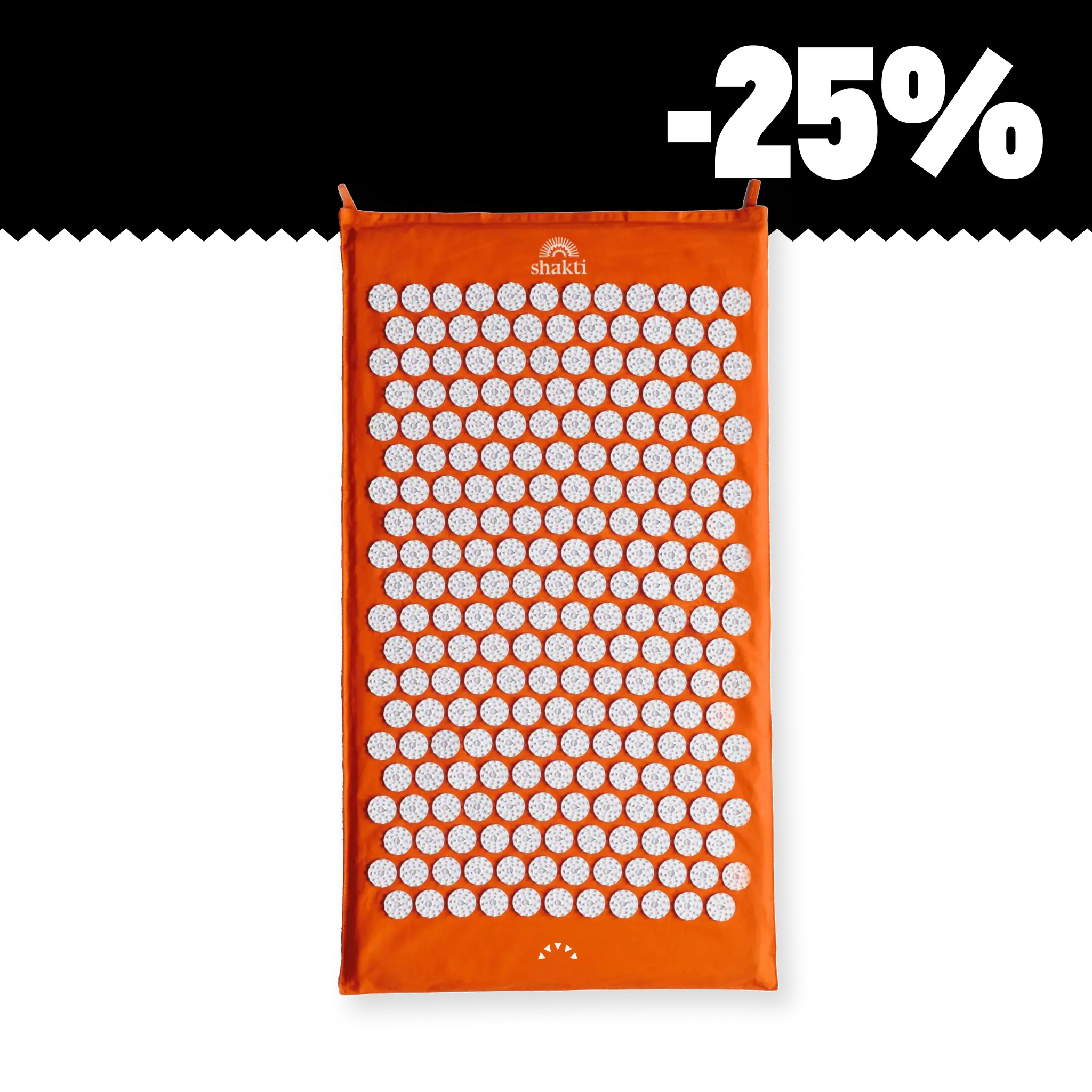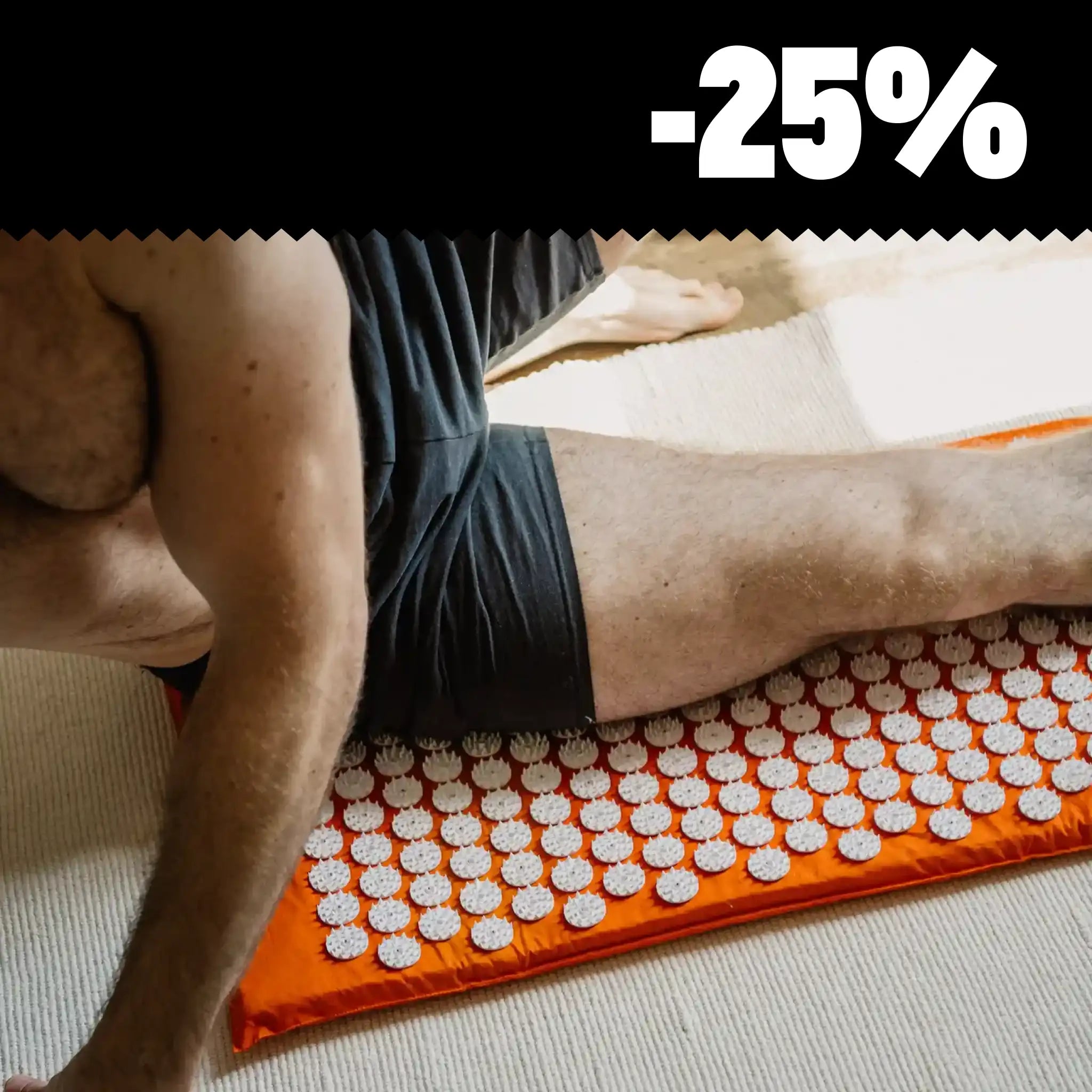Most of us are familiar with it: tension in the shoulder area, which can be painful and can sometimes get in the way of our day. But what actually causes this shoulder tension? What can be done to alleviate them? Fortunately, there are several strategies and methods to relieve tension in the shoulder blade. In this article, we explain step by step how to get painful shoulder tension under control again. We'll help you identify your shoulder problems and introduce you to various techniques to relieve your pain.
Content
1. we introduce: the shoulder blade
2. shoulder blade pain and its causes
3. release shoulder blade tension - how it works
4. acupressure against tension in the shoulder blade
5. prevention of shoulder blade pain
We present: the shoulder blade
The shoulder blade is an important part of the human skeleton. It is connected to the ribcage and forms the shoulder fork. The shoulder blade supports and stabilizes the shoulder joints, enables movement and protects the organs of the rib cage.
As you can see, the structure of the shoulder blade is complex. Three bones, almost a dozen muscles, various ligaments and tendons are connected here and enable the arm to move in almost all directions. It is a triangular, flat bone where the back muscles attach and meet the humerus. The shoulder blade not only serves as the basis for the shoulder's mobility, but also attaches it to the upper body. It is also the starting point for several muscles, tendons and nerves that stabilize our shoulders and transmit movement and information to the brain. The shoulder blade consists of an anterior and a posterior plate that extends over the sides. Our shoulders live from the muscles, tendons and nerves that are attached to them - without them we would be motionless.
It is therefore all the more important to prevent possible injuries and always pay attention to the health of our shoulder blades. Pain and tension often occur here and put a strain on our physical and mental fitness.

Tension in the shoulder blade - the muscles as a decisive factor
The cause of shoulder blade pain rarely lies in the shoulder blade itself, but rather in the surrounding muscles. Muscular tensions are often diagnosed, which indicate "trigger points" as adhered fascia in the fascial network of the entire body. As a result, complaints can be localized from head to toe, which can be systematically linked to shoulder blade problems.
But why are the muscles tense? The cause can be overloading too quickly, as often occurs during sport or physical activity. In particular, repeated throwing can lead to a muscle knot or a tender spot under the shoulder blade. They can also occur as a result of tension in the neck and shoulder.
Another common cause of shoulder blade pain is a pulled muscle. This can be caused by overuse or misuse of the arms or upper back. A muscle can also be pulled if you have slept in a new bed or have recently started a new, intensive training program. Poor posture can also play a role. Especially if you bend forward a lot, the muscles in your back are strained. As a result, you may feel pain or tension under the shoulder blade.
Shoulder blade pain and its causes
An unpleasant pulling sensation in the neck muscles, a stabbing pain or a throbbing nerve nodule - they all point to tension in the shoulder blade. The symptoms can range from back pain and pulled muscles to swelling, hematomas and muscle tremors. Having a tense shoulder is therefore not a pleasant state to be in for long. But what is actually behind the pain and where does it come from?
Most complaints and tension result from misalignments of the spine, or high loads and a slouched posture. The causes of shoulder blade pain can therefore be as follows:
- Predominantly sedentary lifestyle
- Lack of exercise
- Sitting incorrectly at the desk
- monotonous motion sequences
- sports training for several hours
- carrying heavy bags / backpacks for a long time
- Incorrect load
- Poor posture
Psychological causes of shoulder blade pain
But a lot also plays a role on a psychological level when it comes to pain in the upper back. As this area is closely connected to the nerve center of your brain and has many tiny nerve pathways running through it, your feelings, emotions and sensations have a big impact on your shoulder blade. This is because your brain sends certain information to your muscles, which then tense up. For example, a lack of stress reduction can lead to deep muscle tension. The following points must therefore be added to the causes of tension in the shoulder blade:
- Stress
- mental stress
- poor sleep behavior
- negative emotions, such as anger, sorrow, fear, indignation
Release shoulder blade tension - this is how it works
If you're already just waiting to finally relax, then efficient action is called for. Shoulder blade pain sometimes resolves itself over time, but it can also develop into chronic pain if the problem is not treated. Especially when your hectic workday triggers a lot of stress in you, your physical movement is limited and you spend most of your day sitting, it's time to act.
For most forms of shoulder blade pain, the following points can help you to relieve your pain and get back to your normal activities. How to relieve your shoulder blade pain:
Sports and stretching
It should be noted that for most conditions, sufficient exercise is the best way to relieve pain. Exercise builds up strength to support the injured area. Stretching exercises, for example, help to relax the muscles. However, exercises should not be continued if the pain worsens or becomes unbearable. Always proceed slowly and move your body with caution and care. The following points provide examples of exercises you can try to get rid of your shoulder blade pain.
Trapezius stretch
Sit on a chair with your back straight. Place one hand on the back of your neck above your head so that your forehead rests on your forearm. With the other hand, hold your shoulder on the edge of the chair. Turn your head to the same side as your raised arm. Pull your head forward to the side at an angle and feel it stretch downward toward your shoulder blade. In the direction you bend your head, it shouldn't hurt.
Shoulder pull
Relax your shoulders by dropping them down. Pull the shoulders back so that the shoulder blades are brought together. Hold the position for 10 seconds and then return to the starting position.
Stretching the posterior shoulder capsule
Grab the elbow with the hand of the other arm and pull the arm to the other side. Hold the position for 30 seconds and perform 3 repetitions with each arm.
Decelerate
Does your pain get worse when you do certain movements or activities? If so, it's probably a good idea to take a break. Avoid the certain activities for 1-2 days and give your body time to heal and rest - especially if the pain may be due to mental or physical overload.
Surprisingly, your body is quite capable of healing itself and possible ailments. You just need to give it the time it needs. For example, if the pain occurred after a particularly intense workout, your body may need time to adjust. Perhaps you overdid an exercise and your body is now showing signs of needing rest in the form of tension.
Especially during sports, it often happens that micro tears occur in the muscle tissue. However, this is not a bad thing. In fact, these tears are of great importance for muscle growth. If the body heals the tears and adapts the muscle tissue, the muscle grows - under the condition of good nutrition and regeneration. So try to take a little break and resume your normal activities after a few days. However, reduce the weight and pressure on the muscles, as well as the intensity of your exercises, so that the tension can be released gradually.

Cold or heat therapy
Both cold and heat are used to relieve pain. Ice or cold reduces the blood supply to the affected area and can therefore compress inflammation and swelling. As a result, you will feel less pain and can counteract tension in the shoulder blade. Wrap an ice or cooling device in a damp cloth and place it on the affected area for approx. 15-20 minutes.
Heat is also very helpful for back pain. Heat can primarily provide relief if your muscles feel tense. Applying heat in this way promotes blood circulation in the treated area and relaxes the local muscles. A warm Pillow or hot water bottle are good ways to relieve your shoulder blade pain.
Acupuncture and massage
Acupuncture is an ancient practice of traditional Chinese medicine that has been used for over two thousand years to treat a wide range of ailments. Tension in the shoulder blade can also be treated with acupuncture.
Acupuncture treatment involves placing small, thin needles at specific points to release blockages in the body. This can promote blood circulation, improve energy flow in the body and relax muscles. The treatment can be done individually or in combination with other therapies. However, it may take a few sessions before successful treatment of tension is evident.
A professional massage also makes it possible to relax the muscles in a targeted and effective manner. Here, the masseur can address any existing complaints and adapt the massage experience to individual needs. Even targeted, slow, circular movements can relax the shoulder muscles and counteract tension. Among other things, the massage has a positive effect not only on your shoulder blade, but also in other areas of the body, as it improves blood circulation and increases muscle mobility.
Acupressure against tension in the shoulder blade
Acupressure is an ancient alternative healing method based on the fundamentals of acupuncture. Both methods use positions called acupressure points to apply pressure and regulate the flow of energy in the body. If you are trying to get rid of your shoulder blade tension, you can use the healing power of acupressure to target painful areas. The acupressure method can also be used as a preventative measure to release the very blockages in the body that can lead to tension and pain.
An acupressure mat, which you can easily roll out and use at home, is ideal for a treatment. With its fine tips, it ensures that the blood circulation is stimulated - thus nerve and muscle knots are loosened. In combination with the ShaktiPillow, you can also treat your upper back in a targeted manner and counteract tension with gentle pressure. Especially when a shoulder blade nerve is pinched, both prove to be a great advantage.
Prevention of shoulder blade pain
Now that you've hopefully found an effective way to relieve your pain, the next step is prevention. How can you prevent the tension under your shoulder blade from recurring? The most important way to prevent it is, of course, a combination of rest and exercise. By doing strength exercises and stretching the tight area, you can avoid pain later on. Especially if you sit at a desk a lot, you can regularly do small exercises to stretch the muscles that cause tension. In addition, you can learn to be more aware of your posture and start getting advice from an expert. Find out what works best for you and your shoulder blade pain. And remember that what works most reliably for someone else may be different for you. After all, everyone is unique.


